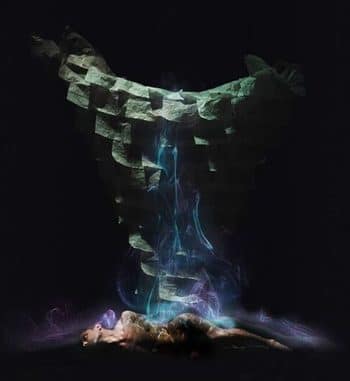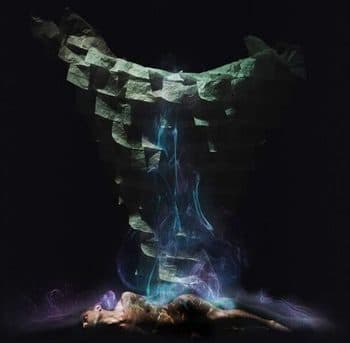Mens Rea: The Shifter’s Intent

Mens Rea: The Shifter’s Intent is a contemporary dance piece performed and choreographed by Raghav Handa.
Mens rea means ‘guilty mind’ in Latin. In a legal context, it means intent. Ironically, the intention of this production was unclear; I only learned about the show’s intended meaning from the programme after the performance.
The show began with two distinct characters that each inhabited their own side of the stage. They appeared to be captor and captive, embodying the many dichotomies of the human body – one was gentleness, strength, power, health, and control. The other was harshness, frustration, fragility, illness, and repression. Each was defined by their limitations, both physical and also their boundaries within the space (defined by lighting). Both responded differently to their confinement – one tried a little transgression but gave up quickly, while the other danced on their boundary and eventually went through to the other side.
Although the programme notes had to explain these characters as Ravana (a shape shifting demon) and Sita (wife of the God Rama), and I had no idea at the time, the performance was, regardless of backstory, engrossing and in fact almost hypnotic. I found that, quite like classical music or meditation, it opened up my mind and gave me space to think.
The captor/captive narrative took up a little over half of the show – then everything changed. Suddenly an animated bird (designed by Deakin Motion.Lab) with oddly muscular arm-like wings appeared on a screen at the back of the theatre, and Handa battled it for a good twenty minutes. As the bird appeared, audience members were told to put on 3D glasses. Now, I don’t see 3D so perhaps the full effect was more impressive, but my experience of these twenty minutes was like watching someone trying to beat the Big Boss in a computer game, dull and repetitive. When Handa finally injured the bird, far from rooting for him, I felt desperately sorry for the injured creature flapping around with one wing (yes, I know it was only animation). I’m not sure if this was the reaction Handa sought, but one has to admire the tremendous physical talent and exertion of Raghav Handa which was evident throughout the piece.
Reminiscent of a soundtrack for a horror movie, the soundscape (by Daniel Blinkhorn) was atmospheric throughout the show, rarely melodic, and instead quite percussive (tangibly so at times). Frequently it was uncomfortable, and dominated the space. The choreography was so tightly linked to the soundtrack’s rhythm to give the effect that the characters on stage were in fact controlled by the music.
Mens Rea: The Shifter’s Intent is a dance piece which, as intended, crosses boundaries between Handa’s Indian heritage, Australian indigenous dance, and Australian contemporary dance, to present a true paradigm-shifting force at work.



